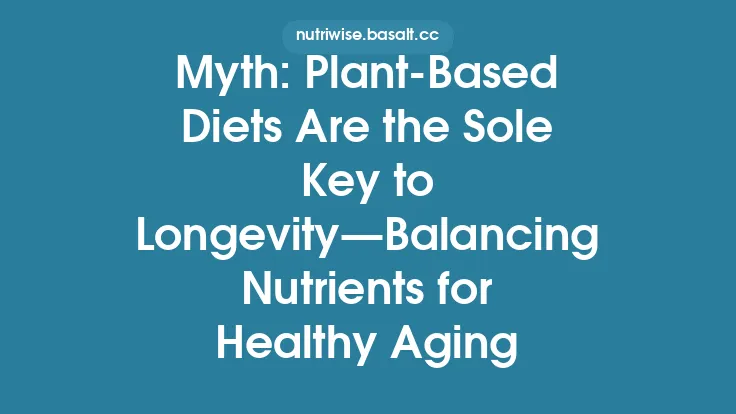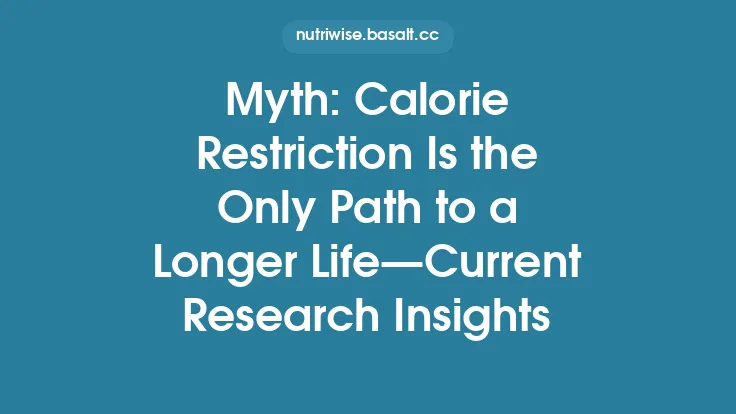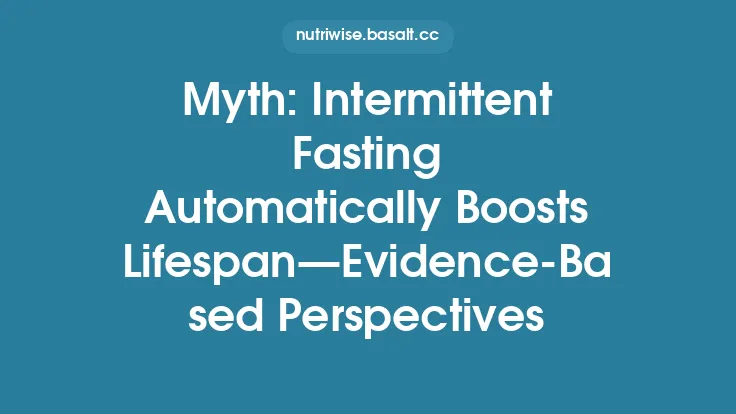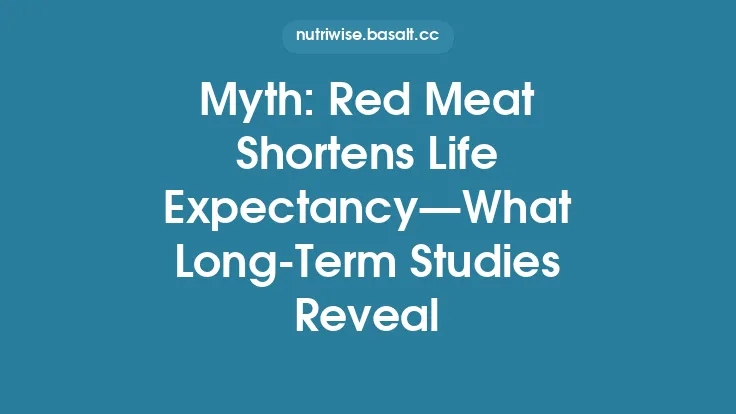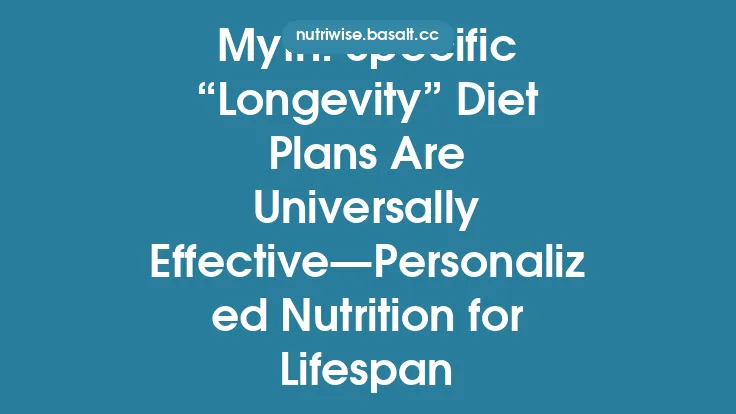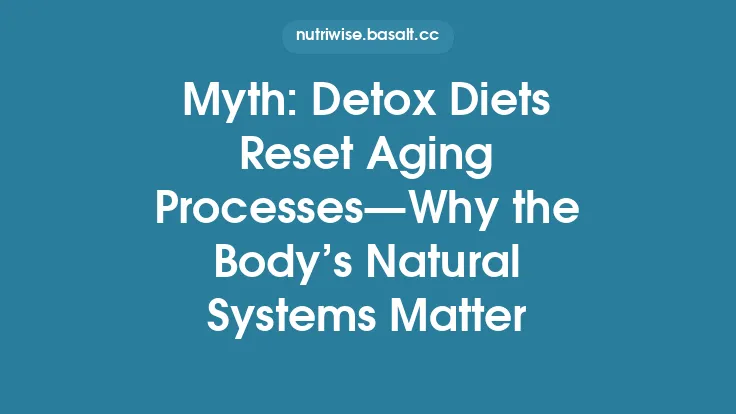Antioxidants have long been hailed as the body’s internal defense against the wear and tear of everyday life. From glossy magazine spreads to celebrity endorsements, the message is simple: pop a pill, and you’ll stave off the cellular damage that leads to disease and, ultimately, death. This promise has turned antioxidant supplements into a multibillion‑dollar industry. Yet, when the scientific literature is examined closely, the picture is far more nuanced. Below, we unpack the biology, the human evidence, and the practical take‑aways for anyone wondering whether a bottle of “anti‑aging” capsules can truly extend lifespan.
What Are Antioxidants?
Antioxidants are molecules that can neutralize reactive oxygen species (ROS) and other free radicals—highly reactive by‑products of normal cellular metabolism. In the mitochondria, for example, the electron transport chain generates superoxide anions as electrons leak from the chain. If left unchecked, these ROS can oxidize lipids, proteins, and DNA, potentially leading to cellular dysfunction, inflammation, and the accumulation of mutations that contribute to age‑related diseases.
There are two broad categories of antioxidants:
| Category | Source | Typical Examples |
|---|---|---|
| Endogenous | Synthesized by the body | Glutathione, superoxide dismutase (SOD), catalase, uric acid |
| Exogenous | Obtained from diet or supplements | Vitamin C (ascorbic acid), vitamin E (α‑tocopherol), β‑carotene, polyphenols (e.g., resveratrol, quercetin), selenium, coenzyme Q10 |
Endogenous antioxidants are tightly regulated by genetic and metabolic pathways, while exogenous antioxidants can be ingested through foods (berries, leafy greens, nuts) or taken as isolated compounds in pill form.
The Biological Rationale Behind Antioxidant Supplementation
The “free radical theory of aging,” first proposed by Denham Harman in the 1950s, posits that cumulative oxidative damage is a primary driver of the aging process. If oxidative stress accelerates cellular senescence, then bolstering the antioxidant defense system should, in theory, slow aging and extend lifespan.
Two mechanistic arguments have been used to support supplementation:
- Dose‑Response Gap: The amount of antioxidants obtained from a typical Western diet is often lower than the levels that show protective effects in cell culture or animal models. Supplements are seen as a way to bridge this gap.
- Targeted Delivery: Isolating a single antioxidant (e.g., high‑dose vitamin E) could deliver a pharmacologic concentration that overwhelms ROS production, theoretically providing a stronger protective effect than the modest amounts found in whole foods.
However, biology rarely follows a linear dose‑response curve. ROS also serve essential signaling functions—such as activating pathways that trigger cellular repair (e.g., Nrf2) and modulating immune responses. Over‑suppressing ROS can blunt these beneficial signals, a phenomenon known as “reductive stress.”
Key Human Studies and Clinical Trials
1. Large‑Scale Randomized Controlled Trials (RCTs)
| Study | Population | Intervention | Duration | Main Findings |
|---|---|---|---|---|
| Physicians’ Health Study II (2008) | 14,641 male physicians, average age 65 | 400 IU vitamin E + 500 mg vitamin C daily | 8 years | No reduction in major cardiovascular events or cancer; slight increase in hemorrhagic stroke with vitamin E |
| Women’s Health Study (2005) | 39,876 women, average age 52 | 600 IU vitamin E daily | 10 years | No significant effect on major cardiovascular disease, cancer, or overall mortality |
| ATBC Cancer Prevention Study (1994) | 29,133 male smokers, average age 58 | 50 mg β‑carotene + 20 IU vitamin E daily | 5–7 years | β‑carotene increased lung cancer incidence; no mortality benefit |
| SELECT Trial (2008) | 35,533 men, average age 62 | 400 IU vitamin E + 200 µg selenium daily | 7 years | Vitamin E increased prostate cancer risk; no mortality benefit |
| HOPE‑TOO (2008) | 5,000 high‑risk cardiovascular patients | 400 IU vitamin E daily | 4.5 years | No effect on cardiovascular outcomes; trend toward higher heart failure hospitalizations |
Across these landmark trials, antioxidant supplementation failed to produce consistent reductions in all‑cause mortality, cardiovascular disease, or cancer incidence. In some cases, high‑dose vitamin E or β‑carotene was associated with increased disease risk.
2. Observational Cohort Studies
Large prospective cohorts (e.g., the Nurses’ Health Study, the Health Professionals Follow‑up Study) have repeatedly shown that higher dietary intake of antioxidant‑rich foods correlates with lower mortality. However, when the same analyses adjust for overall diet quality, lifestyle factors, and socioeconomic status, the independent effect of isolated antioxidant supplements diminishes dramatically.
3. Meta‑Analyses
- Bjelakovic et al., 2012 (Cochrane Review): Analyzed 78 RCTs with >260,000 participants. Found a modest increase in all‑cause mortality (RR = 1.04) associated with antioxidant supplementation, driven primarily by high‑dose β‑carotene and vitamin E.
- Miller et al., 2019: Focused on vitamin C supplementation; no significant effect on cardiovascular events or mortality.
Overall, the highest quality evidence (large RCTs and meta‑analyses) does not support the claim that antioxidant supplements extend lifespan. In some contexts, they may even be harmful.
Observational vs. Interventional Evidence: Why the Discrepancy?
- Confounding Lifestyle Factors – People who consume more fruits and vegetables often engage in other health‑promoting behaviors (regular exercise, non‑smoking, lower alcohol intake). Isolating the effect of antioxidants is statistically challenging.
- Nutrient Synergy – Whole foods contain complex matrices of phytochemicals, fiber, and micronutrients that interact synergistically. Isolated supplements lack this network, potentially limiting efficacy.
- Dose and Formulation – The doses used in many trials exceed typical dietary levels, sometimes reaching pharmacologic concentrations that can act pro‑oxidantly. Moreover, the bioavailability of synthetic forms (e.g., synthetic α‑tocopherol) differs from natural food sources.
- Population Heterogeneity – Genetic polymorphisms (e.g., variations in SOD2, GSTM1) influence how individuals process oxidative stress. A “one‑size‑fits‑all” supplement regimen ignores this variability.
Potential Risks and Side Effects of High‑Dose Antioxidant Supplements
| Supplement | Potential Adverse Effects | Evidence |
|---|---|---|
| Vitamin E (α‑tocopherol) | Increased risk of hemorrhagic stroke, prostate cancer, all‑cause mortality at >400 IU/day | SELECT, HOPE‑TOO |
| β‑Carotene | Elevated lung cancer risk in smokers, increased mortality | ATBC, CARET |
| Vitamin C | Gastrointestinal upset, kidney stone formation at >2 g/day | Observational data |
| Selenium | Selenosis (hair loss, nail brittleness), type‑2 diabetes risk at >200 µg/day | SELECT |
| Resveratrol | Drug interactions (CYP enzymes), potential pro‑oxidant activity at high doses | Small RCTs |
These risks underscore that “more is not always better.” The therapeutic window for many antioxidants is narrow, and exceeding it can tip the balance from protection to harm.
Why Whole Foods Outperform Isolated Supplements
- Complex Phytochemical Networks – Foods like blueberries, kale, and nuts contain dozens of flavonoids, anthocyanins, and other polyphenols that work together to modulate oxidative pathways, inflammation, and gut microbiota.
- Fiber and Microbiome Interactions – Dietary fiber influences the gut microbiome, which in turn produces short‑chain fatty acids that have systemic anti‑inflammatory and antioxidant effects.
- Nutrient Timing and Food Matrix – The absorption of fat‑soluble antioxidants (vitamin E, carotenoids) is enhanced when consumed with dietary fats, a condition naturally met in whole foods but often absent in supplement capsules.
- Reduced Risk of Over‑Supplementation – Eating a varied diet provides antioxidants in physiologic ranges, avoiding the supraphysiologic doses that have been linked to adverse outcomes.
Practical Recommendations for Consumers
| Goal | Evidence‑Based Action |
|---|---|
| Support antioxidant defenses | Prioritize a diet rich in colorful fruits, vegetables, nuts, seeds, and whole grains. Aim for at least 5 servings of fruits/vegetables per day. |
| Consider supplementation | Only if you have a documented deficiency (e.g., low plasma vitamin C) or a specific medical indication (e.g., selenium for certain thyroid conditions). Use doses that stay within the Recommended Dietary Allowance (RDA) unless supervised by a healthcare professional. |
| Avoid high‑dose “mega‑supplements” | Stay below the Upper Intake Level (UL) for each nutrient: Vitamin E ≤ 1,000 IU, Vitamin C ≤ 2,000 mg, Selenium ≤ 400 µg. |
| Check for interactions | Discuss supplement use with your physician, especially if you take anticoagulants, statins, or chemotherapy agents. |
| Monitor health markers | Periodic blood tests (e.g., lipid profile, inflammatory markers, antioxidant status) can help gauge whether a supplement is providing any measurable benefit. |
Future Directions in Antioxidant Research
- Personalized Nutrition – Genomic and metabolomic profiling may identify individuals who would benefit from targeted antioxidant strategies (e.g., those with compromised endogenous antioxidant enzyme activity).
- Targeted Delivery Systems – Nanoparticle carriers and liposomal formulations aim to improve bioavailability and direct antioxidants to mitochondria, the primary site of ROS production.
- Combination Therapies – Trials are exploring synergistic blends of antioxidants with other anti‑aging interventions (e.g., metformin, senolytics) to assess additive effects on healthspan.
- Biomarker Development – Better oxidative stress biomarkers (e.g., F2‑isoprostanes, 8‑oxo‑2′‑deoxyguanosine) will enable more precise measurement of intervention impact.
Bottom Line
The allure of a simple pill that can halt aging is powerful, but the scientific record tells a different story. While antioxidants are essential for maintaining cellular health, the bulk of high‑quality human evidence does not support the claim that antioxidant supplements guarantee longer life. In many cases, they provide no benefit and may even increase risk when taken in excess. The most reliable, evidence‑based path to robust antioxidant defenses—and, by extension, a healthier, potentially longer life—is a varied diet rich in whole, plant‑based foods, complemented by lifestyle habits such as regular physical activity, adequate sleep, and stress management. Supplements should be reserved for specific deficiencies or medical indications, not as a universal anti‑aging shortcut.
